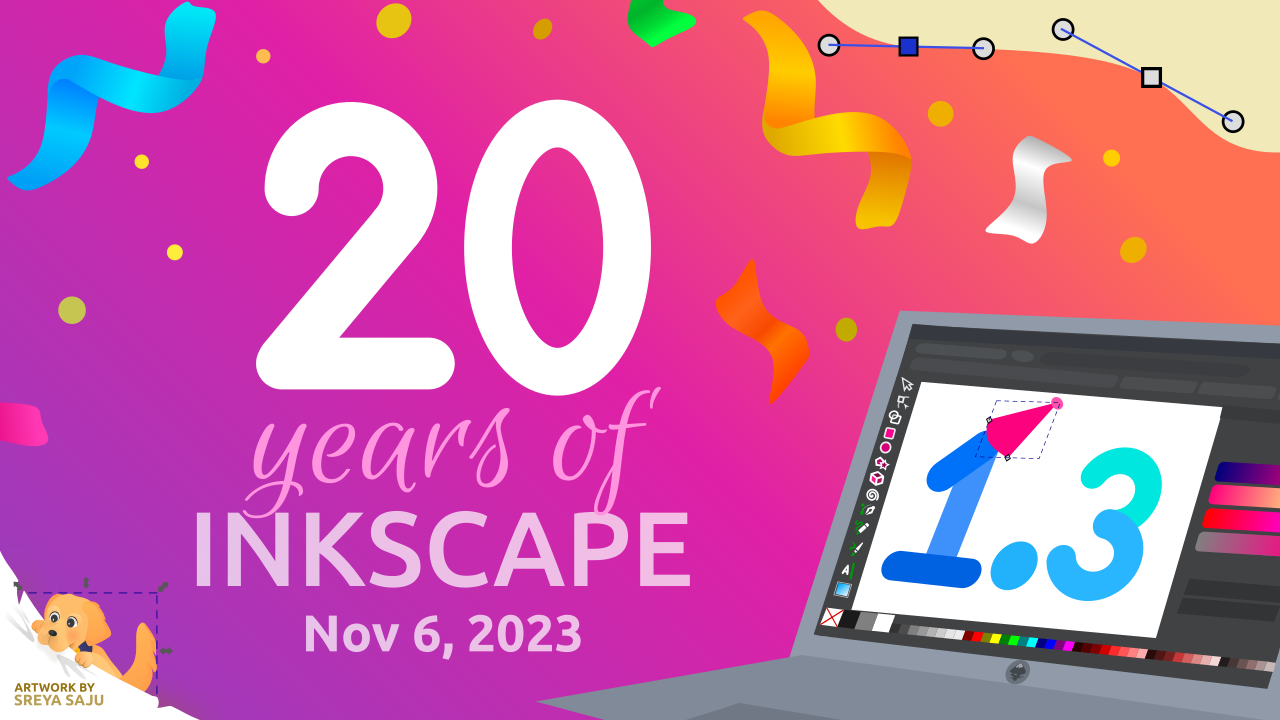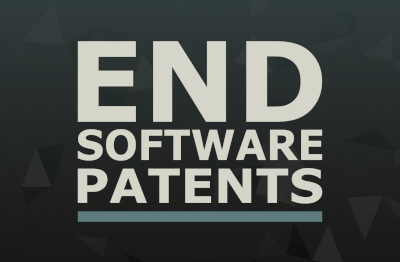Posts
5023Following
329Followers
500OpenPGP: 3AB05486C7752FE1
Jarkko Sakkinen
jarkkoJarkko Sakkinen
jarkkoJarkko Sakkinen
jarkkoHave been passive at #LKML because I’m stuck with this page table sync bug in #Keystone: https://github.com/keystone-enclave/keystone/issues/378.
Snippet where it trips:
sfence.vma
csrw satp, a0 // switch to virtual addresssing
sfence.vma
mtval is at the 2nd sfence.vma when misaligned store happens.
This never happens on QEMU and I presume that not on all hardware but I’ve tested this only with CVA6 (running on Genesys2 FPGA board). On QEMU everything just works.
At least, shouldn’t the sfence.vma be sort “useless” as it should continue where stvec is set, right? I guess here one thing to try out would be to simply remove the second sfence.vma?
I’m really just learning RISC-V sync opcodes and do not know e.g. when I should use also fence.i. Just trying different things without tbh knowing exactly what I’m doing yet…
In head.S there is also .align 2 after csrw and I have to admit that I don’t know exactly why… This bug is haunting me…
Jarkko Sakkinen
jarkkoI mostly use #neovim but I also have paid version of #sublimetext. #GUI editor has its place e.g. when you brainstorm stuff with a group and similar contexts.
For me Sublime Text is less proprietary than #vscode because I get a way with a fixed sum of money. I would find it more proprietary deal to be connected 247 to #microsoft.
Microsoft cannot really ad itself even today to supporting users privacy given that for any #Windows installation you really should run tools such as WPD.
IMHO privacy is the worst currency to pay assets with…
Jarkko Sakkinen
jarkkoNow I get why there’s been so much #ACPI discussion recently in my feed. IMHO, the whole topic is not even worth of essay because you would need to compare it something that also enables universal management interface for heterogenous data center environment. ACPI is ugly but it is also universal. I’d like to see something less ugly implementing the same role.
When it comes to bloat I would rather focus on desktop applications implemented with #JavaScript and #HTML eating all your computing resources. It is ugly and bloated in a whole new level. Web desktop truly sucks
.,, and biggest contribution #vscode has made to the software ecosystem is turning even the freaking text editor as malware.
Jarkko Sakkinen
jarkkoOK, something probably pretty basic with #QEMU I need to ask.
I have this command-line, which is generated by #Keystone #RISCV #TEE build:
/home/jarkkojs/work/keystone/qemu/build/riscv64-softmmu/qemu-system-riscv64 \
$DEBUG \
-m 2G \
-nographic \
-machine virt,rom=/home/jarkkojs/work/keystone/build/bootrom.build/bootrom.bin \
-bios /home/jarkkojs/work/keystone/build/sm.build/platform/generic/firmware/fw_payload.bin \
\
-netdev user,id=net0,net=192.168.100.1/24,dhcpstart=192.168.100.128,hostfwd=tcp::${HOST_PORT}-:22 \
-device virtio-net-device,netdev=net0 \
-device virtio-rng-pci \
-smp $SMP
QEMU has support for #Spike, which is #CVA6 emulation.
So when I do to the above command-line simply s/virt,/spike,/g, I get this error:
$ build/scripts/run-qemu.sh
**** Running QEMU SSH on port 3617 ****
qemu-system-riscv64: Property 'spike-machine.rom' not found
How do I end up to this error message? Why does it seek a filename like that? Without rom= I can run Spike emulation but I need that bootrom for the application.
Jarkko Sakkinen
jarkkoJarkko Sakkinen
jarkkoJarkko Sakkinen
jarkkoJarkko Sakkinen
jarkkoJarkko Sakkinen
jarkkoInkscape
inkscape@mastodon.artHere at the Inkscape Project, we're excited about our upcoming milestone... we're turning 20 in November! 🎉
Watch for an opportunity to learn more about some of our contributors later in November.
For now, we're hoping to collect your best wishes and what you've achieved through using #Inkscape for sharing with our contributors and the community (open until Oct 31):
https://office.inkscape.org/nextcloud/index.php/apps/forms/s/cc5Jy4FwbkbkWqweGCkAQRTp
Free Software Foundation
fsf@hostux.socialProtect developer freedom. Abolish software patents. Learn why software patents are unjust by checking out the new design of our #endsoftwarepatents initiative. https://u.fsf.org/3f-


